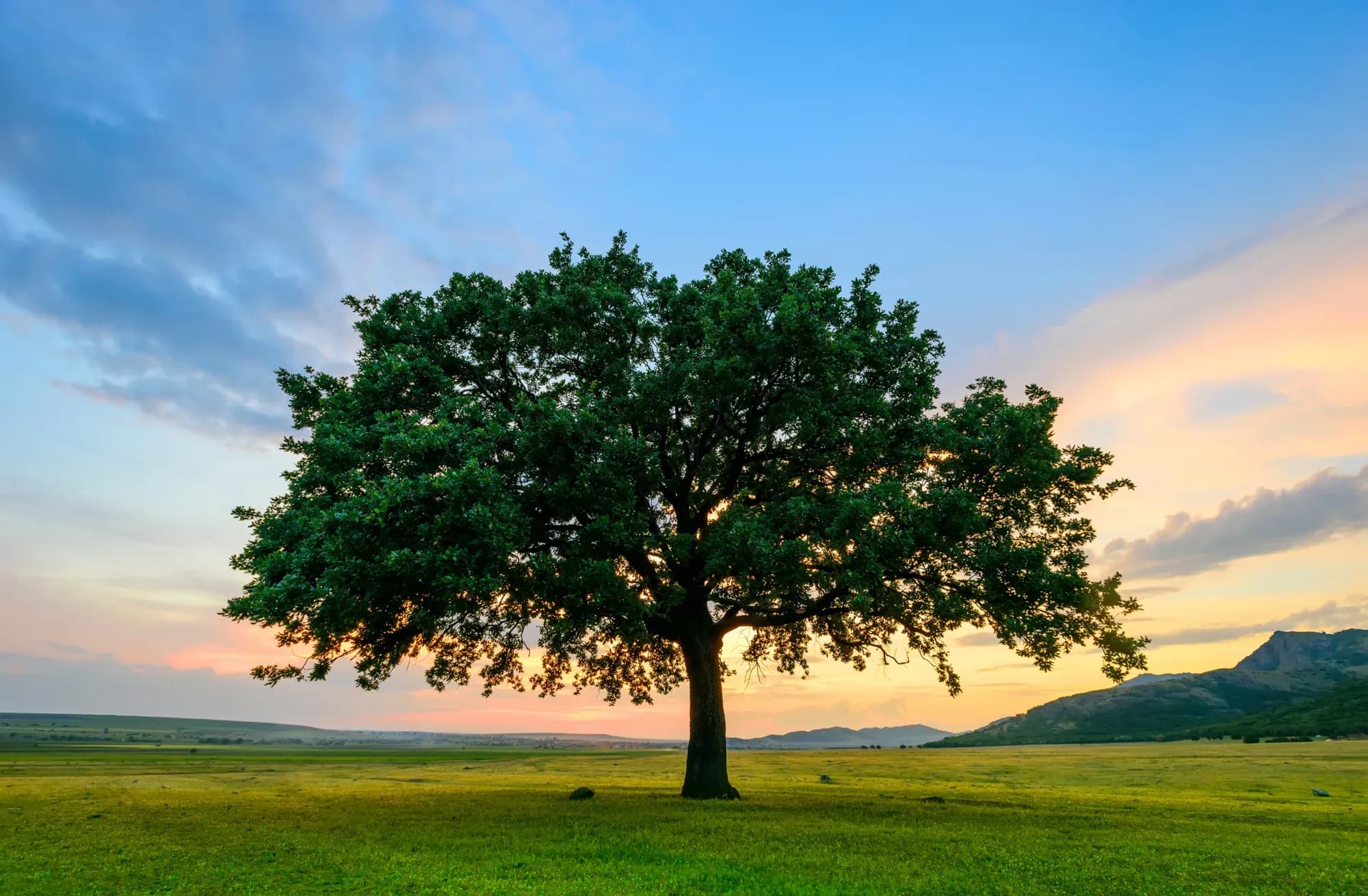India, a country with diverse ecosystems, is facing an urgent need to combat climate change through afforestation. One of the most effective strategies is selecting fast-growing native tree species that excel at carbon sequestration—the process of capturing and storing atmospheric CO₂. In this blog, we explore the best Indian native trees that can rapidly absorb carbon while restoring biodiversity and improving soil health.
Why Carbon Sequestration Matters
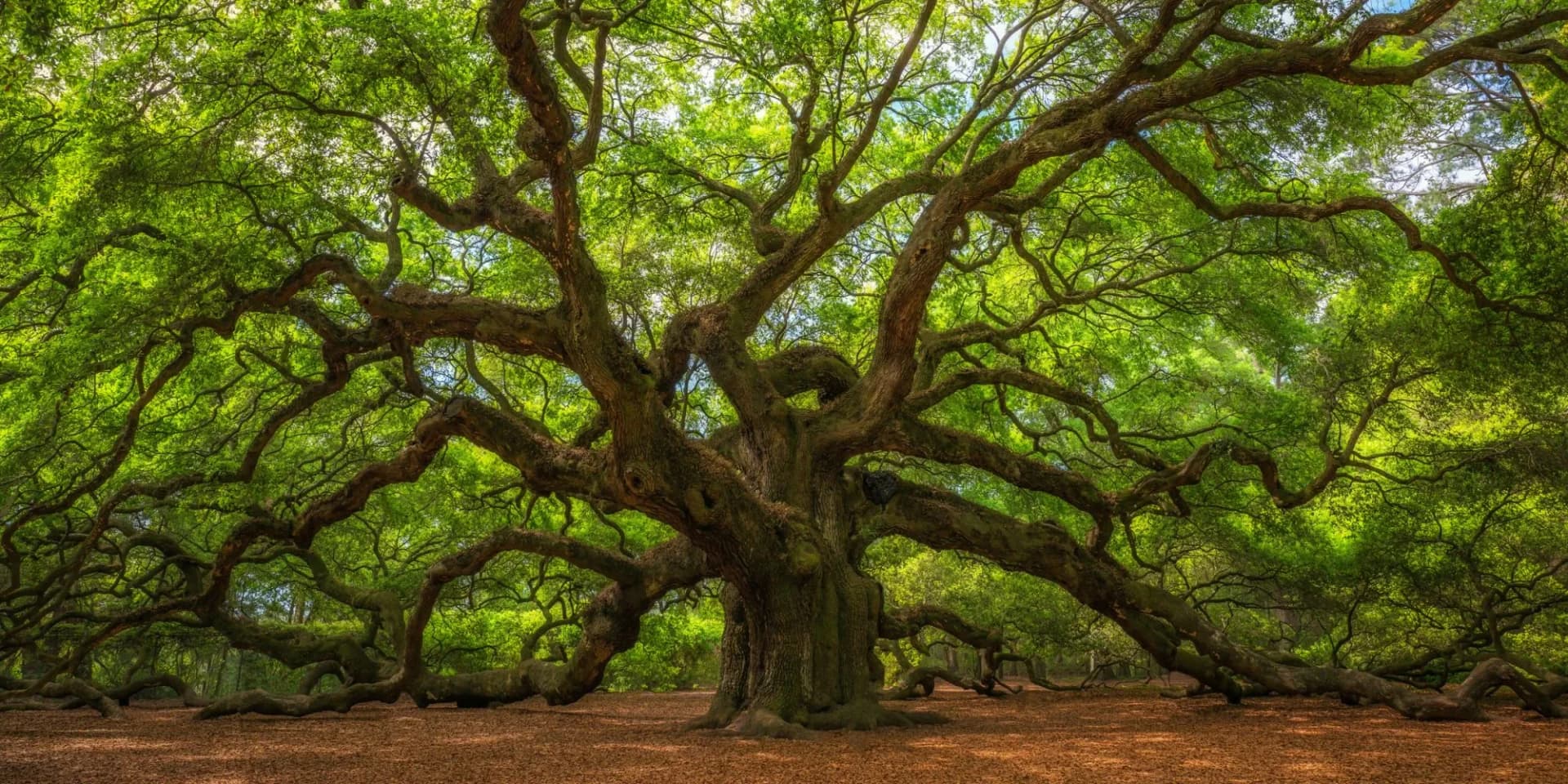
Carbon sequestration is crucial in offsetting greenhouse gas emissions. Trees absorb CO₂ during photosynthesis, storing it in their biomass and soil. Studies indicate that forests globally absorb about 2.6 billion tons of CO₂ annually (NASA Earth Observatory). However, the effectiveness of sequestration depends on factors such as tree species, growth rate, biomass, and lifespan. In India, deforestation, urbanization, and industrial pollution have escalated CO₂ levels. The country has committed to achieving net-zero emissions by 2070 (NITI Aayog)—a goal that can be supported by afforestation using high carbon-sequestering native trees.
Top Native Indian Trees for Rapid Carbon Sequestration
1. Bamboo (Bambusa balcooa)
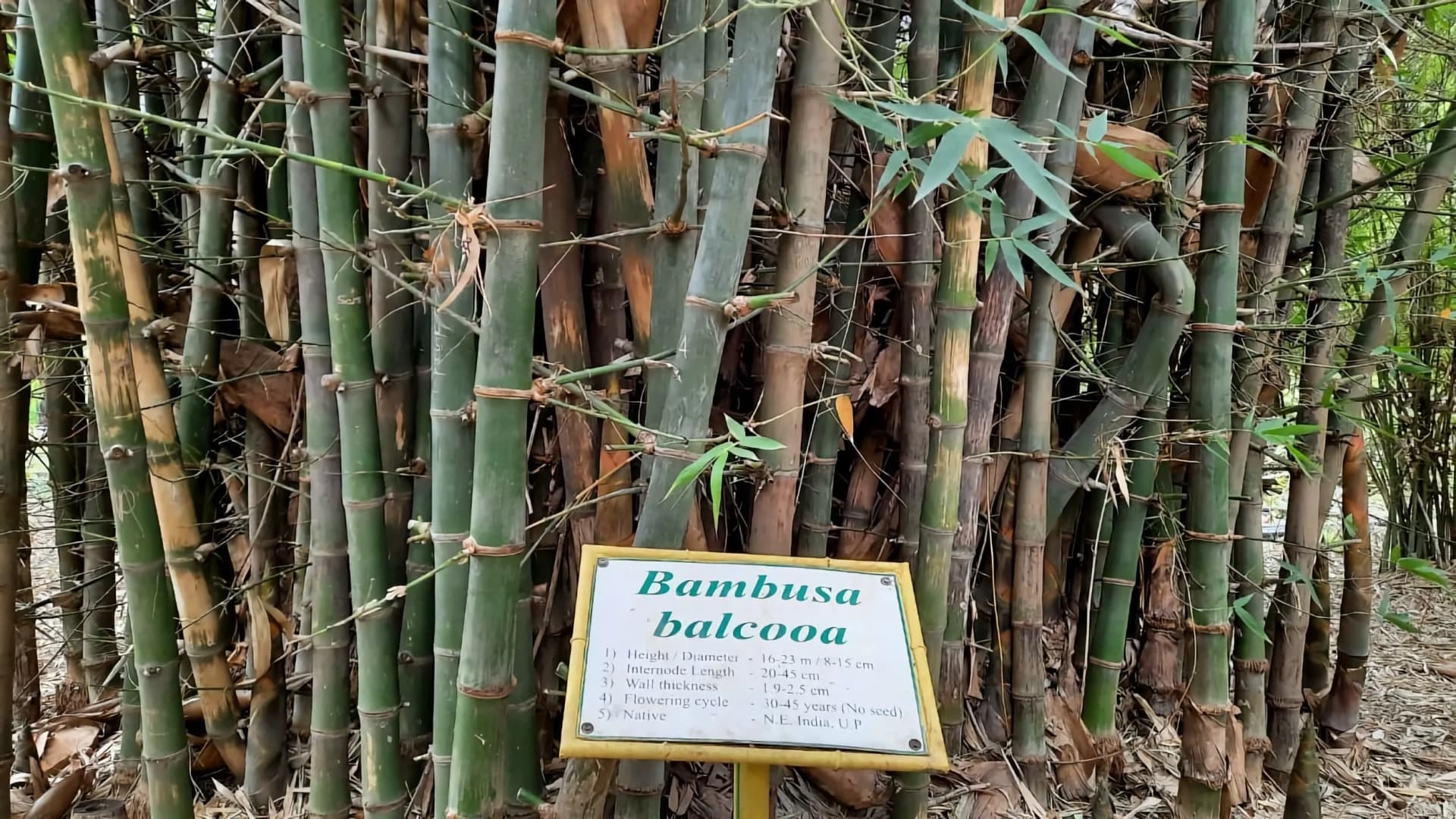
Carbon sequestration rate: 200-400 tons of CO₂ per hectare in 5 years
- One of the fastest-growing plants, Bambusa balcooa can grow up to 1.5 feet per day.
- Absorbs 35% more CO₂ than an equivalent mass of trees (INBAR).
- Suitable for agroforestry, degraded lands, and riverbanks.
- Used in construction, paper production, and furniture, ensuring long-term carbon storage.
2. Indian Teak (Tectona grandis)
Carbon sequestration rate: Up to 30-50 kg CO₂ per tree per year
- A high-value timber tree known for its dense, durable wood, which locks carbon for centuries.
- Prefers moist, well-drained soils and is ideal for long-term plantations.
- A mature teak tree can store 1.5-2.5 tons of CO₂ over its lifetime.
- Grows well in Central India, Karnataka, Tamil Nadu, and Kerala (ICFRE).
3. Indian Mahogany (Swietenia macrophylla)
Carbon sequestration rate: 20-25 kg CO₂ per tree per year
- Rapid-growing, semi-evergreen tree that thrives in tropical and subtropical regions.
- Provides dense wood that captures carbon long-term, even after harvesting.
- Effective for urban afforestation due to its tolerance to pollution and drought.
4. Peepal (Ficus religiosa)
Carbon sequestration rate: Approx. 20-40 kg CO₂ per tree per year
- Considered sacred in India, Peepal is a long-living tree with a large canopy.
- Capable of absorbing high amounts of CO₂ and improving urban air quality.
- Known for releasing oxygen even at night, making it unique among trees.
- Plays a crucial role in biodiversity conservation, providing habitat for birds and pollinators.
5. Indian Rosewood (Dalbergia latifolia)
Carbon sequestration rate: 30-60 kg CO₂ per tree per year
- A slow-growing but highly valuable carbon sink due to its dense, durable timber.
- Commonly found in Western Ghats, Odisha, and parts of North India.
- Used in furniture, construction, and musical instruments, ensuring carbon is locked in products for decades.
6. Sal Tree (Shorea robusta)
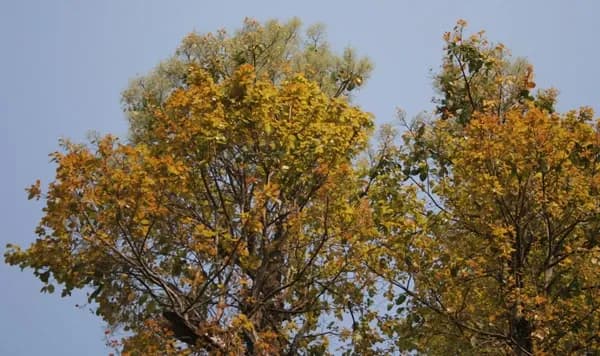
Carbon sequestration rate: 40-80 kg CO₂ per tree per year
- A dominant species in Indian deciduous forests, growing up to 30 meters tall.
- High biomass ensures substantial carbon storage.
- Used in timber, resin production, and traditional medicine, ensuring sustainable economic benefits.
- Grows best in Jharkhand, Chhattisgarh, Odisha, and Madhya Pradesh.
7. Pongamia (Pongamia pinnata)
Carbon sequestration rate: Up to 30-50 kg CO₂ per tree per year
- A nitrogen-fixing tree that enhances soil fertility while sequestering carbon.
- Its oil-rich seeds are used in biofuel production, making it ideal for sustainable energy projects.
- Thrives in coastal regions, drylands, and riverbanks.
8. Indian Almond (Terminalia catappa)
Carbon sequestration rate: 20-50 kg CO₂ per tree per year
- A fast-growing, drought-resistant species that thrives in urban and coastal environments.
- Absorbs pollutants and stabilizes soil in coastal plantations.
- Popular for shade, ornamental planting, and agroforestry systems.
Best Practices for Maximizing Carbon Sequestration
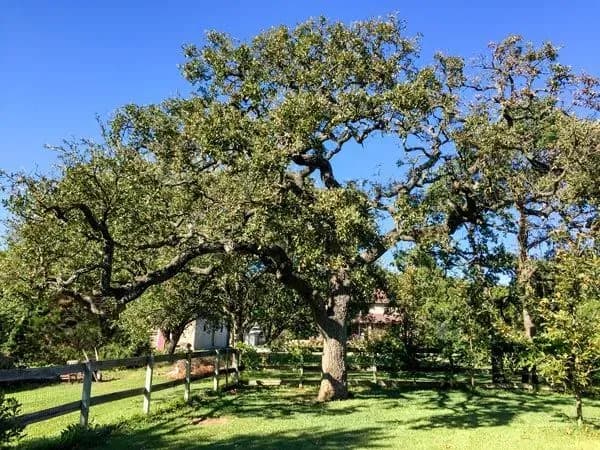
To ensure optimal carbon sequestration, consider the following strategies:
1. Prioritize Native and Mixed-Species Forests
- Native species are more adaptable to local conditions and support biodiversity.
- Mixed-species plantations enhance carbon sequestration and ecosystem stability.
2. Use the Miyawaki Method
- A scientifically proven high-density afforestation method that enhances growth by 10 times and carbon sequestration by 30 times compared to traditional plantations (Miyawaki, 1999).
- Effective for urban forests and degraded land restoration.
3. Integrate Agroforestry
- Combining trees with crops and livestock maximizes carbon capture while supporting rural livelihoods.
- Example: Bamboo and Pongamia in agroforestry systems provide income while sequestering carbon.
4. Avoid Monoculture Plantations
- Monocultures store less carbon and are more vulnerable to pests and climate extremes.
- A diverse forest retains soil moisture, promotes biodiversity, and enhances long-term carbon storage.
5. Promote Community Involvement
- Engaging local communities ensures better maintenance and long-term success.
- Government initiatives like the Green India Mission (MoEFCC) encourage afforestation programs.
Conclusion
India has a wealth of native tree species that excel at carbon sequestration. By planting fast-growing, high-biomass trees like Bamboo, Teak, and Sal, we can significantly reduce CO₂ levels while improving soil health, biodiversity, and rural livelihoods. Large-scale afforestation projects using native species, the Miyawaki method, and agroforestry will play a critical role in achieving India’s net-zero goal by 2070.
If you’re an organization or an individual looking to contribute to carbon sequestration, consider planting these high-impact native trees—and make a tangible difference for our planet.
Want to plant a tree today? 🌱
Join the CATCH Foundation’s afforestation projects and be a part of the solution!
FAQs:
1. What is carbon sequestration, and why is it important?
Carbon sequestration is the process by which trees and other plants absorb carbon dioxide (CO₂) from the atmosphere during photosynthesis and store it as carbon in their biomass (trunks, branches, leaves, and roots) and in the soil. This process helps mitigate climate change by reducing the amount of CO₂, a major greenhouse gas, in the atmosphere.
2. How do trees contribute to carbon sequestration?
Trees absorb CO₂ through photosynthesis, converting it into organic carbon compounds that form their structure. The carbon is stored in the tree's biomass and the surrounding soil, effectively removing it from the atmosphere for extended periods.
3. Why should we prioritize native tree species for carbon sequestration in India?
Native tree species are adapted to local climatic and soil conditions, making them more resilient and supportive of local biodiversity. They provide habitat for native wildlife and maintain ecological balance. Using native species in afforestation and reforestation efforts ensures the sustainability and health of the ecosystem.
4. What are some effective methods to enhance carbon sequestration through tree planting?
- Agroforestry: Integrating trees into agricultural landscapes can enhance carbon storage while providing economic benefits to farmers.
- Urban Forestry: Planting trees in urban areas not only sequesters carbon but also improves air quality and provides shade, reducing urban heat island effects.
- Restoration of Degraded Lands: Reforesting degraded lands with native species can restore ecosystems and increase carbon sequestration capacity.
5. How can individuals and communities contribute to carbon sequestration efforts?
- Participate in Local Tree Planting Initiatives: Engage with community groups focused on planting native trees.
- Support Sustainable Forestry Practices: Choose products from sources that practice sustainable forestry.
- Advocate for Green Spaces: Encourage the development and maintenance of parks and green belts in urban planning.
- Educate Others****Bold: Raise awareness about the importance of trees and carbon sequestration in combating climate change.
By understanding and actively participating in carbon sequestration efforts, individuals and communities can play a significant role in mitigating climate change and promoting environmental sustainability.
